
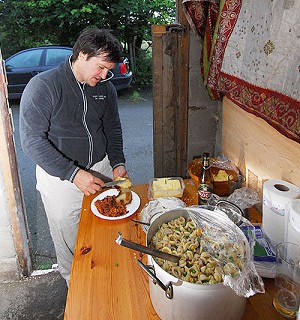
As even the definition of 'climbing' seems disputed by some particularly entrenched combatants, let me be clear that by climbing I simply mean the physical act of movement up/across/down rock. It's irrelevant whether it involves placing gear or not – that's why we have two different words: 'trad' and 'sport'. It seems petty to try and make any other meaning fit.
As a fresh faced top-roper I was innocent of the lines drawn until I started to become conscious of mutterings: off-hand, often bitchy, comments. 'But it's all just climbing', I thought. 'What's the fuss about?' Two years on and I've a better understanding of the squabble. Good news - I think I've found a way to negotiate a sort of peace.
Try this: think of sport climbing as 'fast food' and trad as 'slow food'. Work with me on this. It's not as crazy as it sounds. I'm talking about convenience food on the one hand, and those lovingly imagined, prepared and savoured Nigella experiences on the other.
It's all to do with mindset; what we want out of the sport. And it's undeniable that there are advantages to 'convenience' food. Some of us can't be bothered to cook. We're not fussed about how to make a pizza and don't need to know exactly what it's made of: we just want something to satisfy us, quickly.
When I started climbing I was entranced by the sheer physical energy of it and the personal challenge of finding my way to the top. I just wanted to climb – and the more climbing I did, the more I enjoyed the momentum of the act as well as the quick-fire decisions and the instinctive reactions. I liked it because I didn't have to think about it too much.
My first experience of trad climbing left me frustrated - it seemed to involve hours of hanging around, and the frequent halts to take out bits of gear spoilt my pleasure. I was clear that sport climbing was what I wanted to do – and I spent many happy hours at Portland. I wanted that sense of immediate satisfaction: I wanted a full belly.
But I went back to trad and, over time, it's started to make more sense to me. I'm beginning to see something different and (dare I say it) more rounded is offered by trad. It's a process I can have a say in - what I eat, where I eat and how I eat.
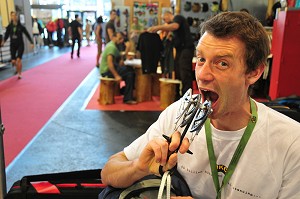
Placing gear requires intense scrutiny and an understanding of the nature of the rock – limestone and grit are as different as hot chilli peppers and sweet capsicum. The whole process demands a different approach- slower and patient; thought is needed about what each step will add to the meal. Decisions are made right from the start about the process and ingredients- from where to belay and where the route should go, to how much gear to put in and what gear – some of us like to have control over the size of portions, the texture of our mash, and the hotness of our curry. And it's a continuous learning experience - during a route the trad climber increases her knowledge of the whole process but like any cook, there's the risk that if she gets the mix wrong, it could be a disaster. It could be inedible. The soufflé may be flat; the cakes burnt. All the gear could rip out.
Trad climbing has more layers of challenge to it; gear placement has to be as good as, if not better than, climbing skill. There's a great satisfaction to be had in both the making and eating of the meal. A ready-bolted route makes the climb a 'ready-made' meal. A sports climber will just snaffle down the finished article, not caring about the origin of the snack- someone else has done the cooking: someone else has decided how it will taste.
And that's the limitation here for the sports climber – the recipe (route) has already been decided; the ingredients and how much of each is used depends someone else's experience and taste buds.
BETAMAC
"Big Mac with cheese and a round of fries please."
...Left hand up, finger edge, hang it. Clip. Right foot oout, left foot up, snatch undercut with right.
"Do you want some ketchup?"
"Yeh, ketchup and pickle?"
...Power up. Clip. Finger edge with left, share. Right foot in dimple.
"Oh 'n' throw in a thickshake - strawberry."
...Left foot smear. Left hand up for a tiny.
"Have a nice day!"
...Rock into finger edge. Jug with right. Lock. Lock. Grab belay.
"Jeez. I still feel empty."
By Craig Smith, first published in On The Edge Magazine 16
This approach has its dangers - the rock and the environment are seen as only a means to that end, not integral to the whole experience. If you're living on a diet of convenience food then you don't really know or care where the ingredients are from, never mind what they are – as long as it's satisfying and tastes good. 'Slow food' requires an understanding of, and a respect for both the ingredients and the cooking process.
But it's not all bad. A real attraction of fast food is its cheapness, which doesn't have to be a bad thing. Climbing is an expensive sport. Just buying shoes, harness, and rope is costly - buying a full rack is painful. So it makes the sport more accessible if all that's needed are quick draws, slings and a few karabiners. There are times I don't want to lug my crammed rucksack to the bottom of a crag, spend hours trying to find a route, don two ropes and half a ton of gear, and then walk half a mile to find a decent belay point at the top – when all I want to do is just climb.
There are criticisms from both sides about the comparative amount of strength, stamina and endurance involved in each. Trad climbers complain about the sports climbers 'easy life' – how they can 'take': resting to regain strength, look at the moves ahead, and change their position on the rock. I have some sympathy with this - look at it from their point of view: it's like going down the pub in the middle of making a hollandaise sauce. And I wouldn't like to encourage comparisons – there's little difference between the pain felt from oven burns and the pain of a burnt mouth from eating a pie straight from the microwave– they hurt just as much as each other.
Don't get me wrong. This isn't to ignore the fact that we all have different tastes and we can eat a varied diet from different sources. I've had takeaway fish and chips this week, been out to a restaurant and also cooked a two-course meal. Like everything, it's all about balance - and most trad climbers I know are quite happy to do a spot of sport climbing.
And, when I'm fed up with walking uphill with rucksack weighing 14kg on my small frame, feeling like a beast of burden, I sometimes even consider becoming a fruitarian - a soloist – which involves no preparation or cooking AND it's free.
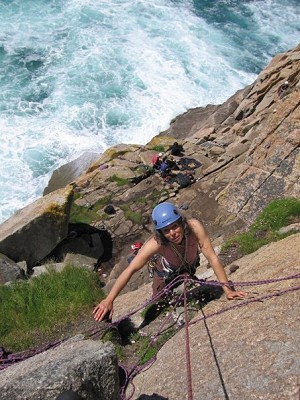
She got bored with her previous obsession, gardening, a few years ago, and found the strength and fitness developed in the 13 years she had been head gardener, suited climbing perfectly. Since then she's been greedy to cram as much climbing experience into her life as possible.
Where before she wrote about vegetables, she now likes to write about all things climbing and is keen to share the learning curve of her new addiction. She's based in the south west which is ideal for popping out to a crag before lunch and whenever the addiction calls.
She has a blog on climber.co.uk called 'Off the Wall' which is mostly about how not to climb.
- The Aspirant Mountaineer - Grooved Arete - Tryfan 25 Oct, 2013
- 'All Rounder' Rock Shoes 29 Jun, 2011
- Zamberlan GT RR Torre Women's Boots 23 Feb, 2011
- Ice Maidens 15 Feb, 2011
- Mountain Equipment Women's Combin Trousers 2 Jan, 2011
- COMPARISON REVIEW: Women's Soft Shell Jackets 27 Oct, 2010
- La Sportiva Cliff 5 Rock Shoes 1 Oct, 2010
- What's In A Partner? 15 Mar, 2010
- A Beginner?s Guide to the Art of Seconding 12 Jul, 2009
- Belay Bunnies and Gear Tarts 9 Jun, 2009

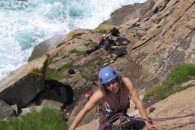

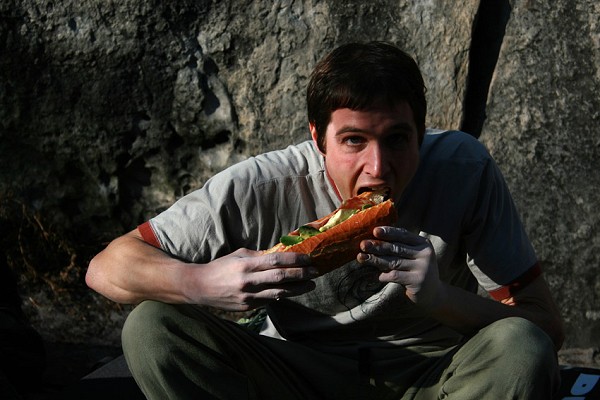
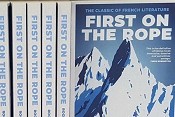
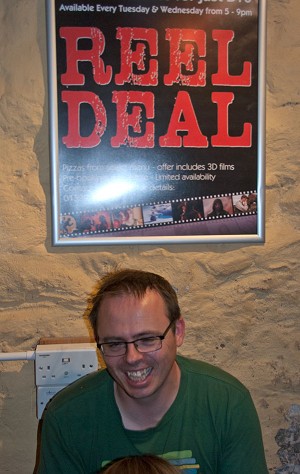
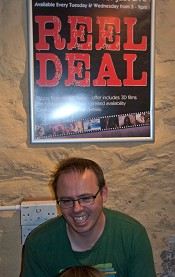

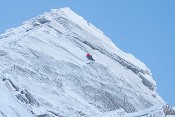








Comments